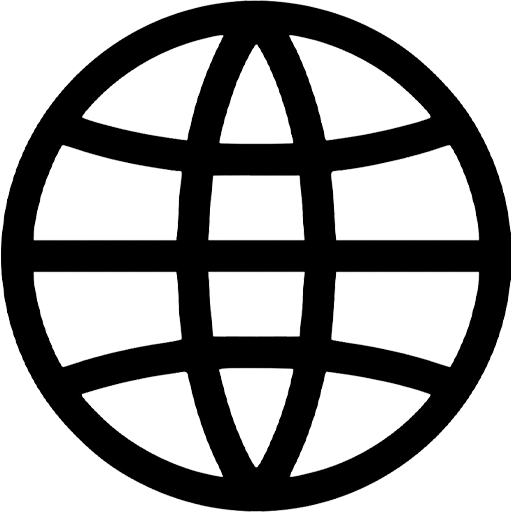- Matériaux
-
Formes
- Barres, tiges & tubes
- Billes & perles
- Boulettes & paillettes
- Cibles de pulvérisation cathodique
- Creusets
- Disques
- Feuilles, films & plaques
- Feuilles en rouleaux
- Feuilles étanches à la lumière
- Films
- Films métallisés
- Films minces
- Fibres & tissus
- Fils
- Filaments
- Fixations
- Monocristaux
- Mousses, mailles & panneaux alvéolaires
- Poudres & granulés
- Stratifiés
-
Services
-
Services
-


